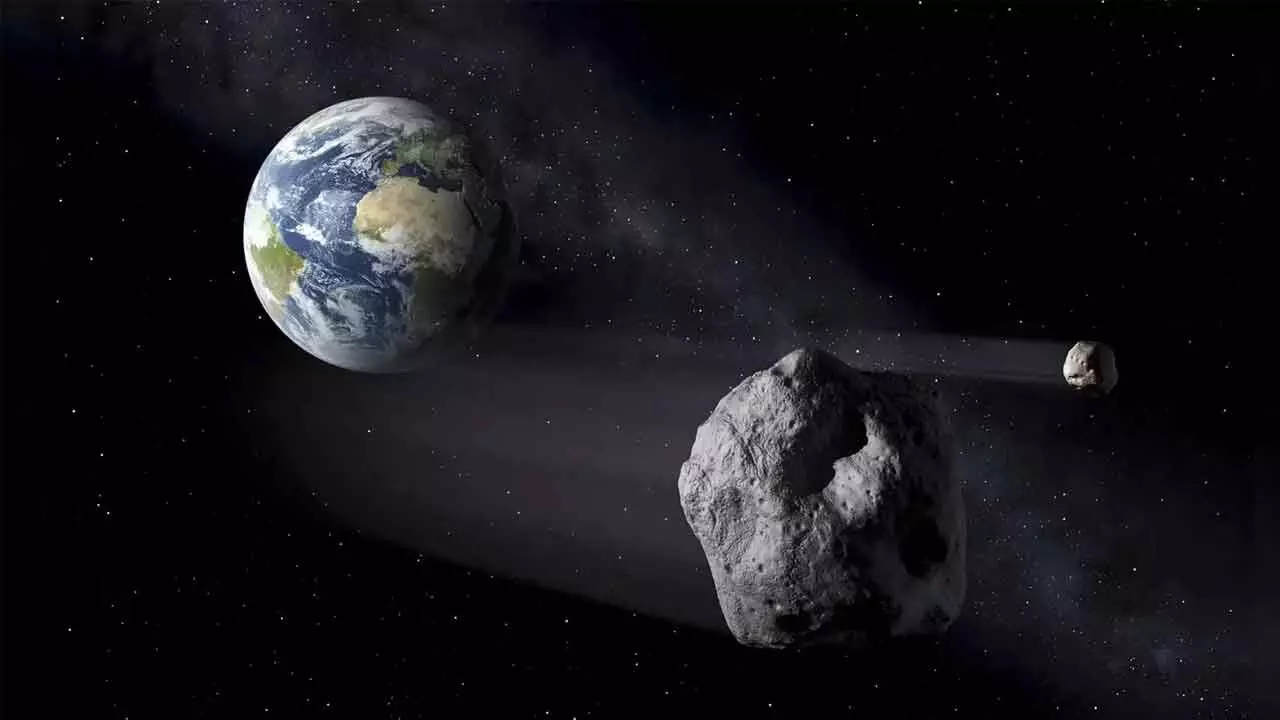NASA Tracks Asteroids 2024 TE and 2024 SD3: What You Need to Know
The first asteroid is called 2024 TE and it is about the size of a bus.
The dashboard watches the next five asteroids that come within 7.5 million kilometers.

NASA is keeping a close eye on two asteroids that are expected to pass near Earth today.
Here are the details of two asteroids:
Asteroid 2024 TE
The first asteroid is called 2024 TE and it is about the size of a bus.
It will pass by Earth at a distance of about 1.3 million kilometers.
When it passes Earth, scientists can learn more about its features and behavior.
Asteroid 2024 SD3
The second asteroid is named 2024 SD3. This asteroid is similar in size to an airplane and will pass even closer, at roughly 1.49 million kilometers.
These asteroids will allow scientists at NASA and other space agencies to ensure they do not pose any danger to Earth.
At the same time, it also will provide an opportunity for scientists to understand them in detail.
Keeping the Public Informed
NASA shares information about these asteroids on its Asteroid Watch dashboard.
The dashboard tells us important information about asteroids. It shows their size. It also gives information about how far away they are. It tells us when they will be closest to Earth.
The dashboard watches the next five asteroids that come within 7.5 million kilometers. This is much farther than the moon.
Mini-Moon 2024 PT5
Earth has caught a small asteroid called 2024 PT5. This asteroid is like a mini-moon. It is about 10 meters wide.
That is much smaller than Earth’s real moon, which is 3,476 kilometers wide.
2024 PT5 was discovered on August 7, 2024, by a system called ATLAS. It helps us know about asteroids that might come close to Earth.

